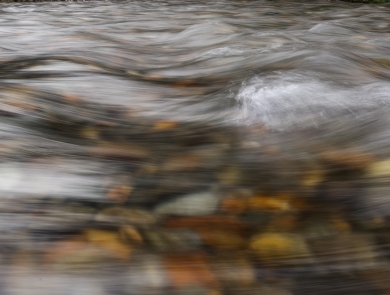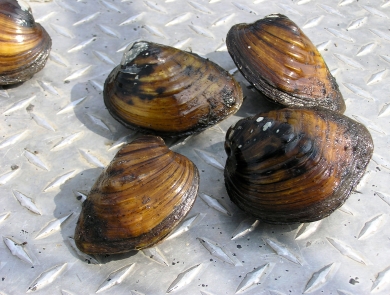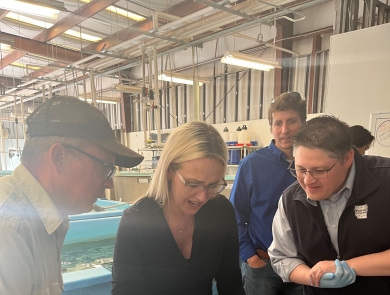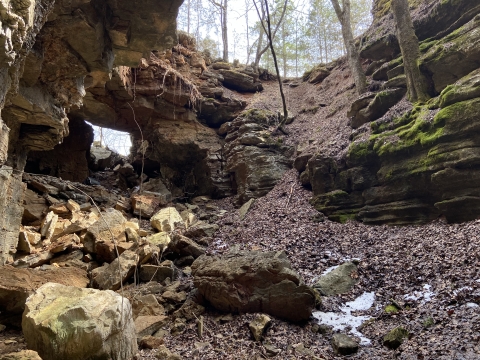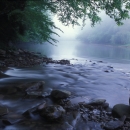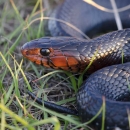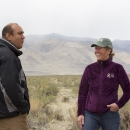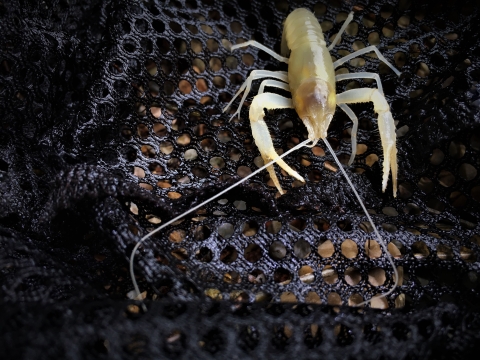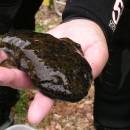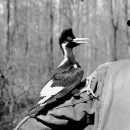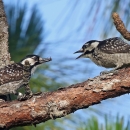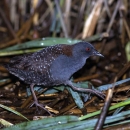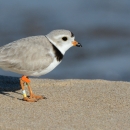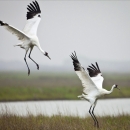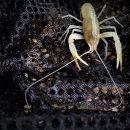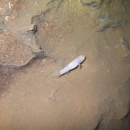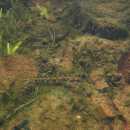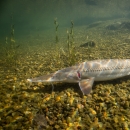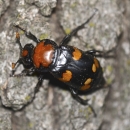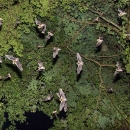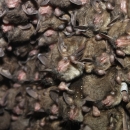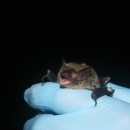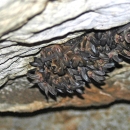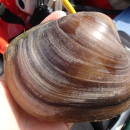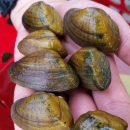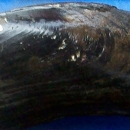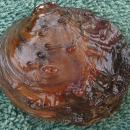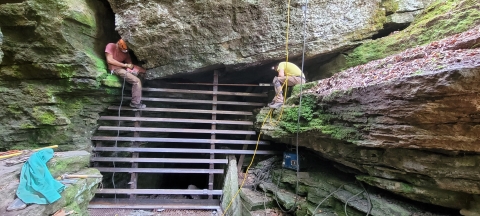For Section 7 consultations, please select the Project Planning and Review tab to the left.
For detailed information on the Arkansas Partners For Fish and Wildlife Program, please contact the Partners Biologist directly using the Contact Us link to the left.
About Us
The Arkansas Field Office Ecological Services (ES) Field Office was established in 1998. We provide assistance and services to the state, other federal agencies, and the public in accordance with our conservation mission, policies, federal regulations, and laws.
In addition to our main office in Conway, Arkansas, we have an Arkansas Delta Sub-office at the Cache River National Wildlife Refuge near Augusta and an Ozark Sub-office near Fayetteville. Together we cooperate to meet every challenge, and individually we stand in steadfast determination to honor our oaths, service, and commitment.
What We Do
The conservation of our Nation's most imperiled species is at the heart of our office's work. It drives what we do, from reviewing federally funded or authorized projects to minimize species impacts to proactively working to recover threatened and endangered species through habitat acquisition, research and management.
Our Organization
The Arkansas Ecological Services Field Office is made up of three programs, Partners for Fish and Wildlife, Ecological Services and Military Lands Conservation. You can learn more about our programs below or find contact information for our Partners for Fish and Wildlife Biologist and others in the Contact Us link at the top left of this page.
Our Species
Our staff are experts on several federal threatened and endangered species and we work to prevent the extinction and to recover our nation’s most imperiled species. You can learn more about the species that are the focus of our conservation efforts by selecting the links below.
Projects and Research
Working with others is at the core of how we operate, and through those partnerships, we develop a number of conservation projects across Arkansas.
Get Involved
As a small office with a large work area, partnering with others is key to our work. If you would like to provide species information please coordinate directly with the species lead or call the front desk at (501) 513-4470 to identify the best contact.
Volunteer opportunities are generally limited to specific projects. If you are interested in volunteering please contact the project lead or associated species lead you would like to volunteer with.
